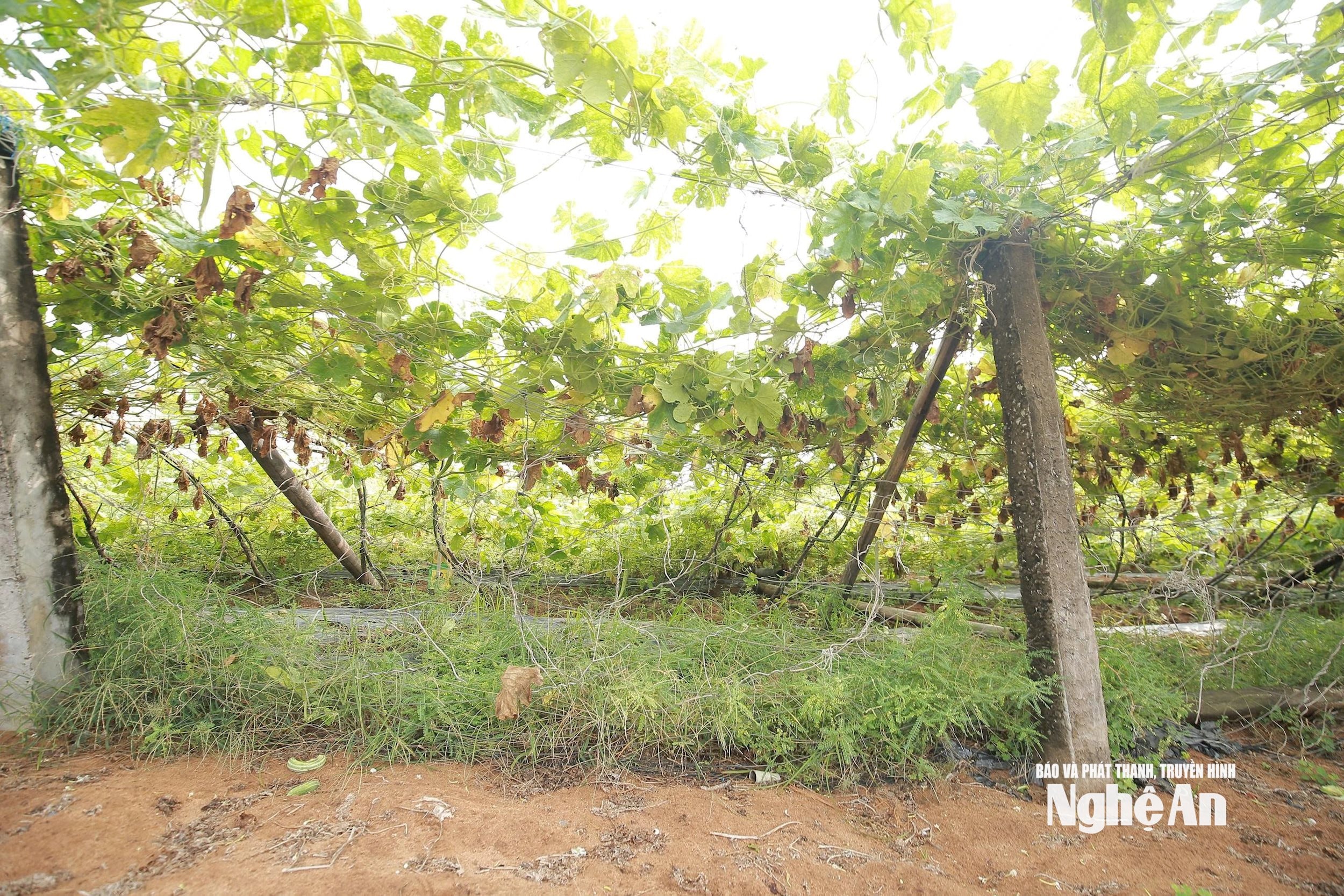
On the evening of July 19, many localities in Nghe An suffered heavy rain and whirlwinds, causing many vegetable areas to be affected. In particular, climbing plants such as squash, chayote, and pumpkin had broken stems, lost fruit, and even had their trellises completely collapsed.
Forecasting that storm No. 3 will continue to affect the next few days, as soon as the sun rose on the morning of July 20, farmers in areas forecast to be affected by the storm proactively went to the fields to harvest agricultural products with the motto "green at home is better than ripe in the fields".
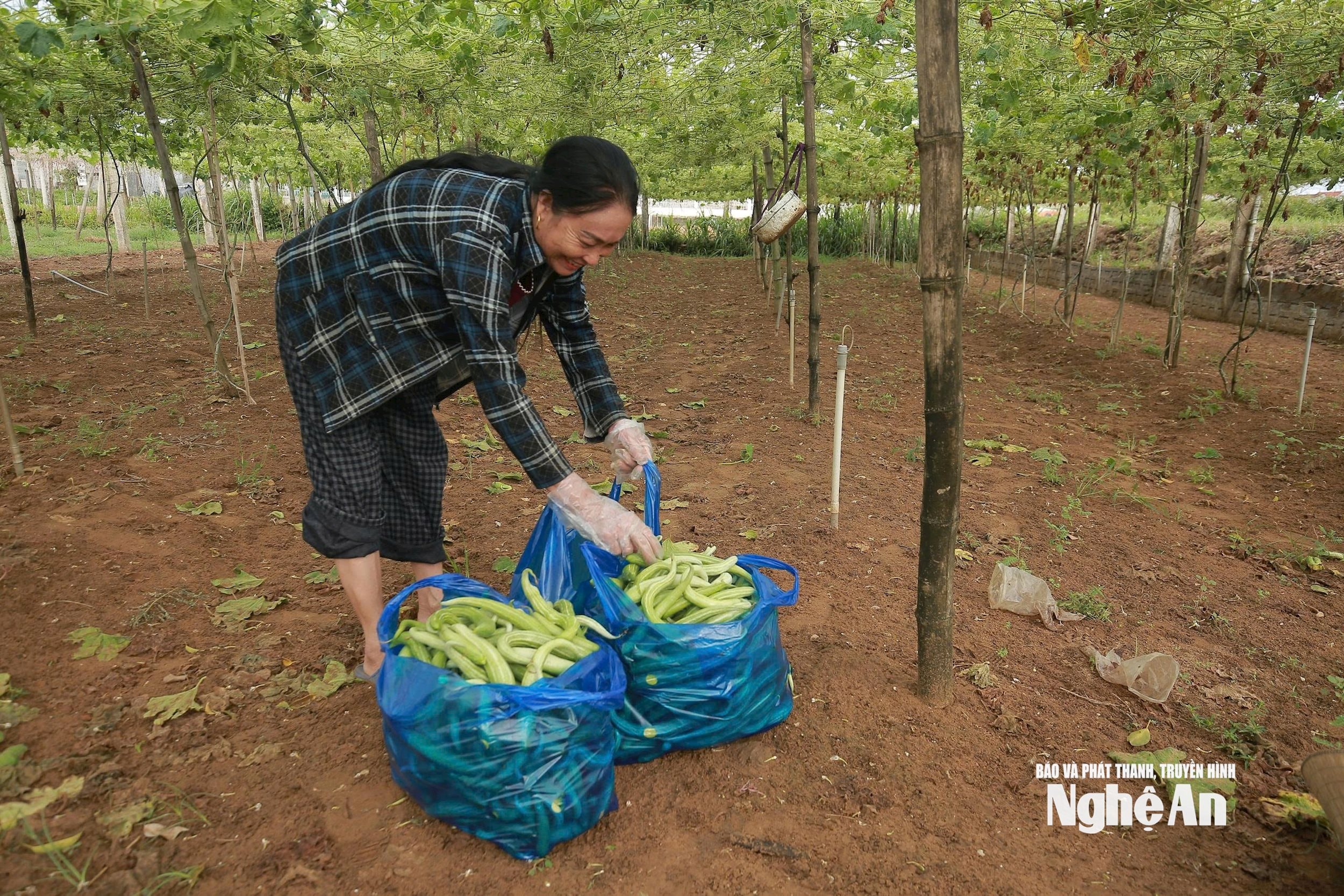
In the largest vegetable growing areas of the province such as Quynh Mai ward (formerly Hoang Mai town), Quynh Anh commune (formerly Quynh Luu town), from early morning, hundreds of households were present in the fields pulling onions, picking eggplants, picking squash, cutting squash... Everyone took advantage of every hour to collect agricultural products. This is the time to harvest vegetables such as onions, sweet cabbage, eggplants, squash, which are easily damaged by heavy rain and strong winds.
Ms. Nguyen Thi Khoi, in Binh Minh block, Quynh Mai ward, said that her family grows 5 sao of onions in a seasonal pattern, which is not yet ready for harvest when it reaches optimal yield. However, due to unfavorable weather, she decided to harvest early to avoid losses. “I hired more workers and called traders to come to the field to buy. The price of onions is now around 9,000 VND/kg, which is quite high...”, Ms. Khoi said.
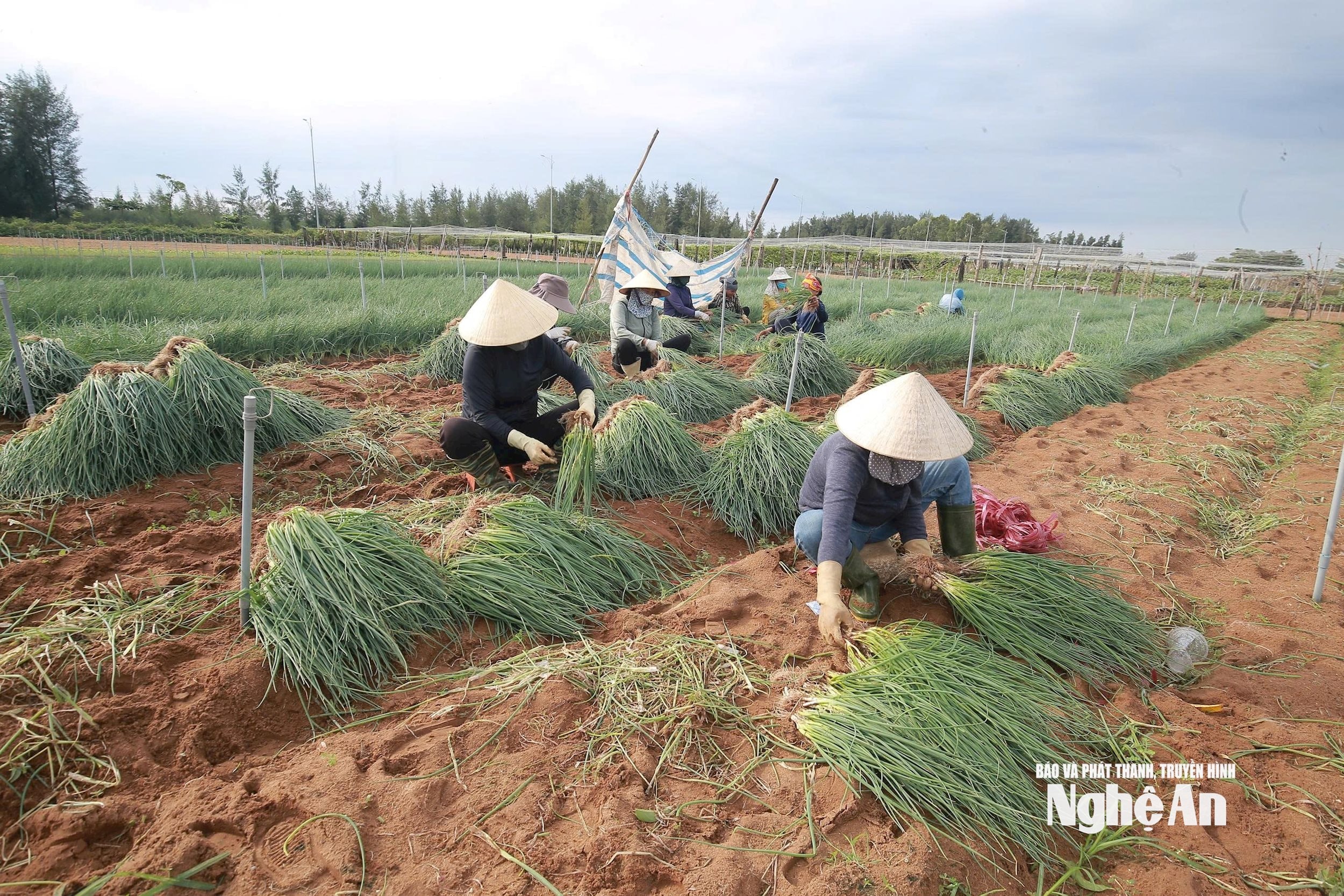
Not only onions, people in Quynh Mai and Quynh Anh are also focusing on harvesting eggplants, squash, and luffa. There are eggplant gardens that have just harvested the first crop, the fruit has not reached the standard weight, but people still decide to harvest early to "save" some of the risk of strong winds breaking the trees and dropping the fruit.
"Young eggplants have lower productivity, but the current selling price is 9,000 VND/kg, traders still buy regularly, it's better than waiting until the storm comes, risking losing everything," said Ms. Ho Thi Nhan, an eggplant grower in Quynh Anh.
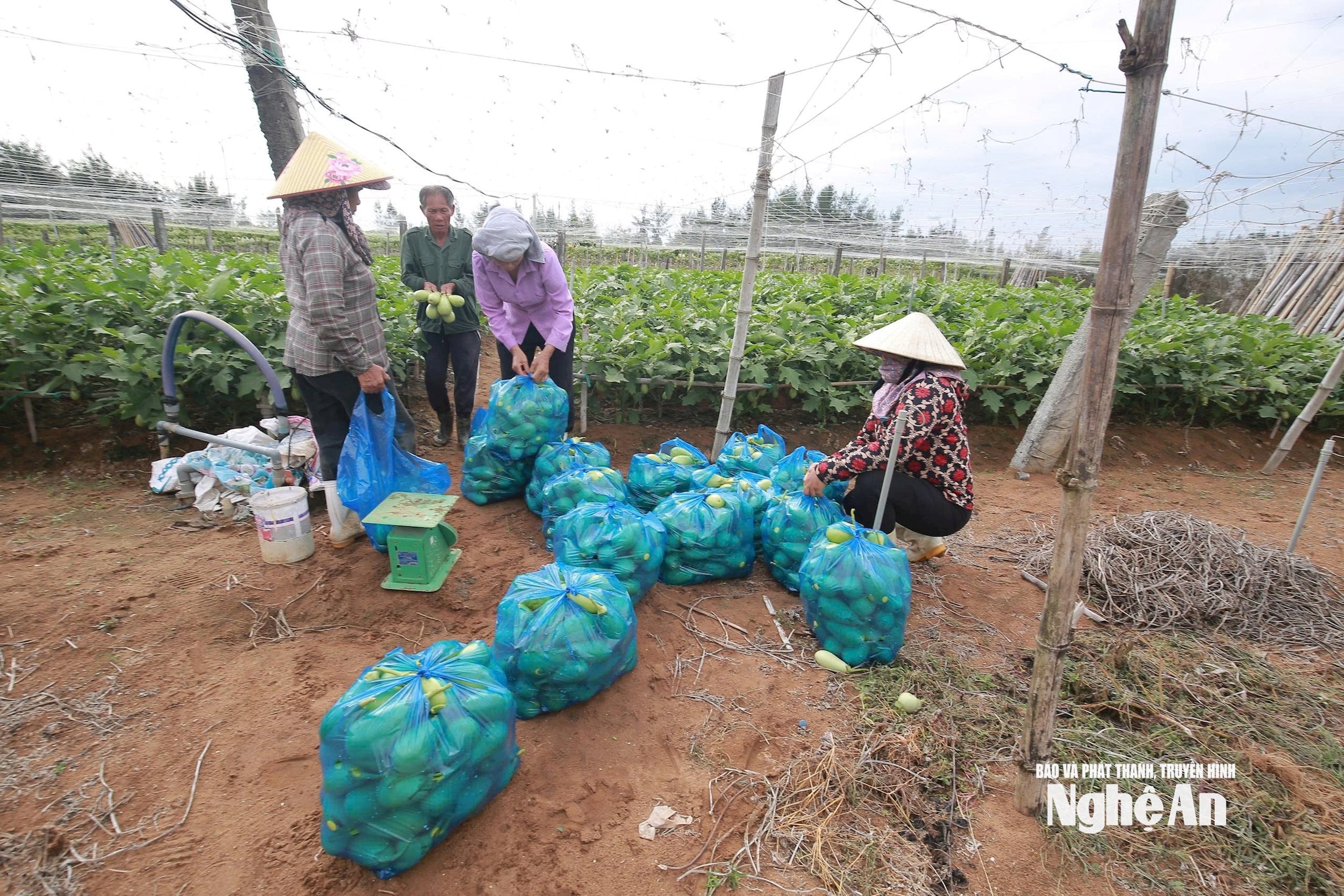
In Dai Hue commune (formerly Nam Dan), the working atmosphere is no less bustling. This place is famous for its fields of herbs and morning glory flowers. This morning, from dawn, many households took advantage of the opportunity to harvest morning glory flowers, cut perilla, cinnamon, and Vietnamese coriander, etc., and at the same time dredge ditches and clear drainage channels.
“Jasmine is a climbing plant, so it can easily fall off its flowers and fall off the trellis in heavy rain. Herbs quickly rot if they are flooded. Therefore, every household must quickly harvest and clean the ditches between the beds to drain the water,” said Ms. Nguyen Thi Hanh (Xuan Son hamlet, Dai Hue commune).
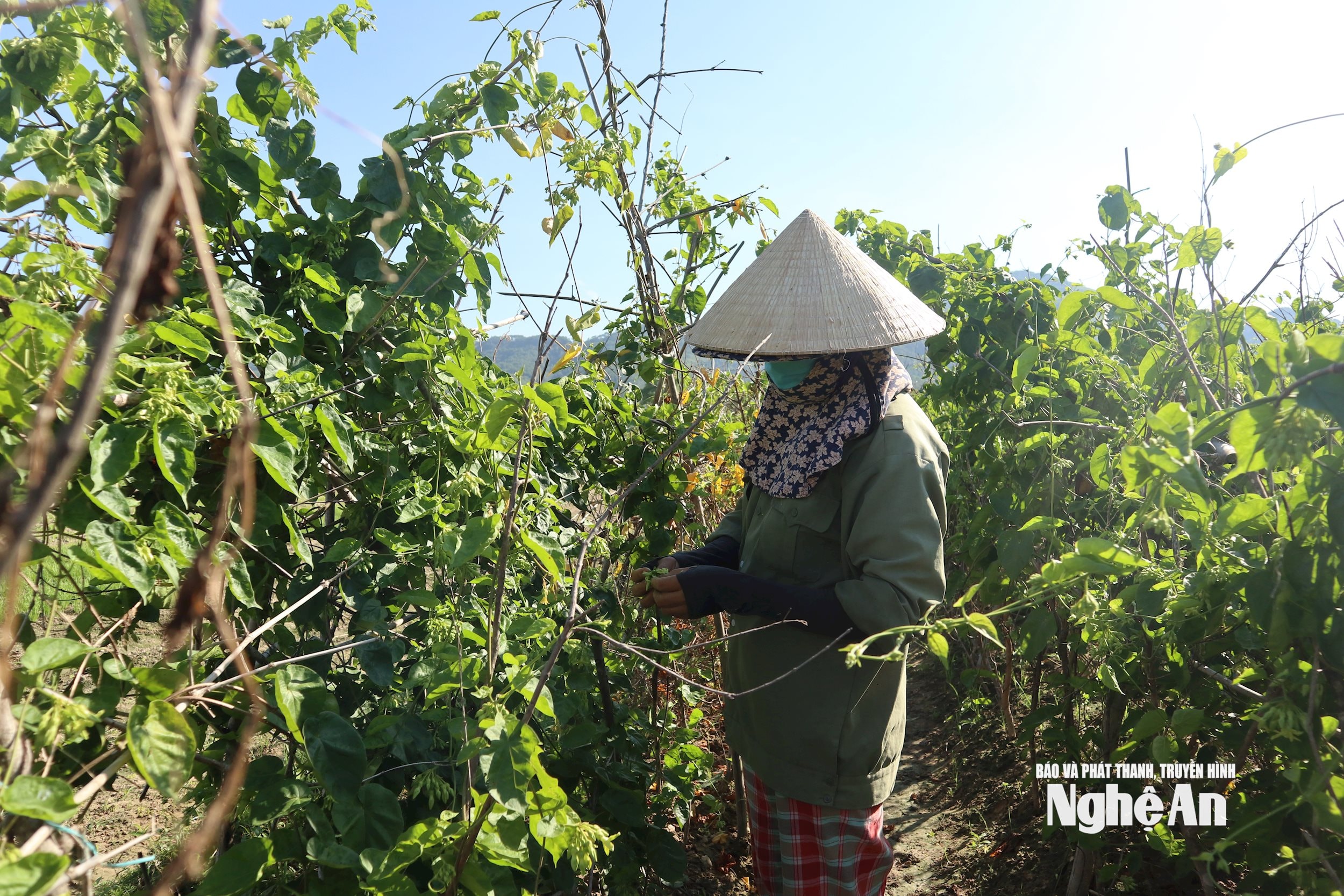
In lemon growing areas such as Hung Trung (formerly Hung Nguyen district) and Thien Nhan (formerly Nam Dan district), farmers are also rushing to harvest lemons to “run away from the storm”. Although the lemons are still young and the fruit is not yet juicy, people still take the opportunity to pick and sell them before the storm arrives.
Mr. Phan Van Chau (Hung Trung commune) said: “A whirlwind makes the lemons fall. Therefore, although the harvest is supposed to be in 10 days, I have to harvest some of the early lemons early. Today, I plan to harvest about 200 kg of lemons, and have contacted traders to buy them at the garden at a price of 10,000 VND/kg.”
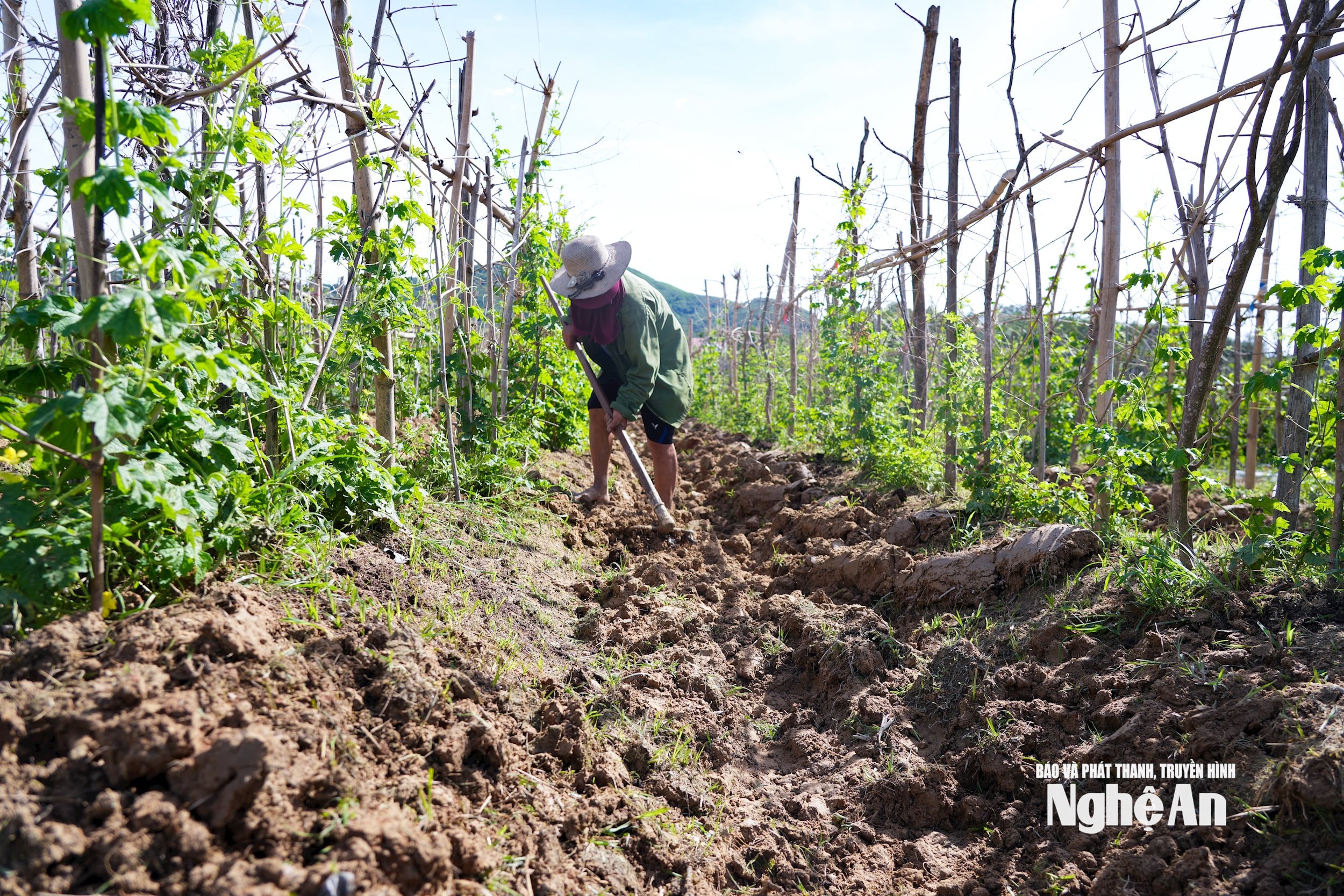
Not only proactively harvesting, people also quickly reinforced trellises, covered the remaining areas, and dredged ponds and ditches, drained buffer water to minimize the risk of flooding. This urgency is not passively following the weather, but clearly demonstrates the spirit of readiness to respond, minimize damage, and preserve some of the effort after many days of care.
According to the forecast of the North Central Hydrometeorological Station, storm No. 3 moves quickly and is complicated. According to the hydrometeorological agency, Nghe An may be affected from the night of July 20, with heavy rain, strong winds, risk of flooding in low-lying areas, thunderstorms, and landslides in mountainous areas.
.png)
In that context, the fact that farmers proactively and simultaneously went to the fields, not afraid of fatigue to "run the storm" is proof of flexible adaptation to extreme weather that is increasingly frequent.
Source: https://baonghean.vn/chay-dua-voi-bao-so-3-wipha-nong-dan-nghe-an-cap-tap-thu-hoach-nong-san-10302686.html


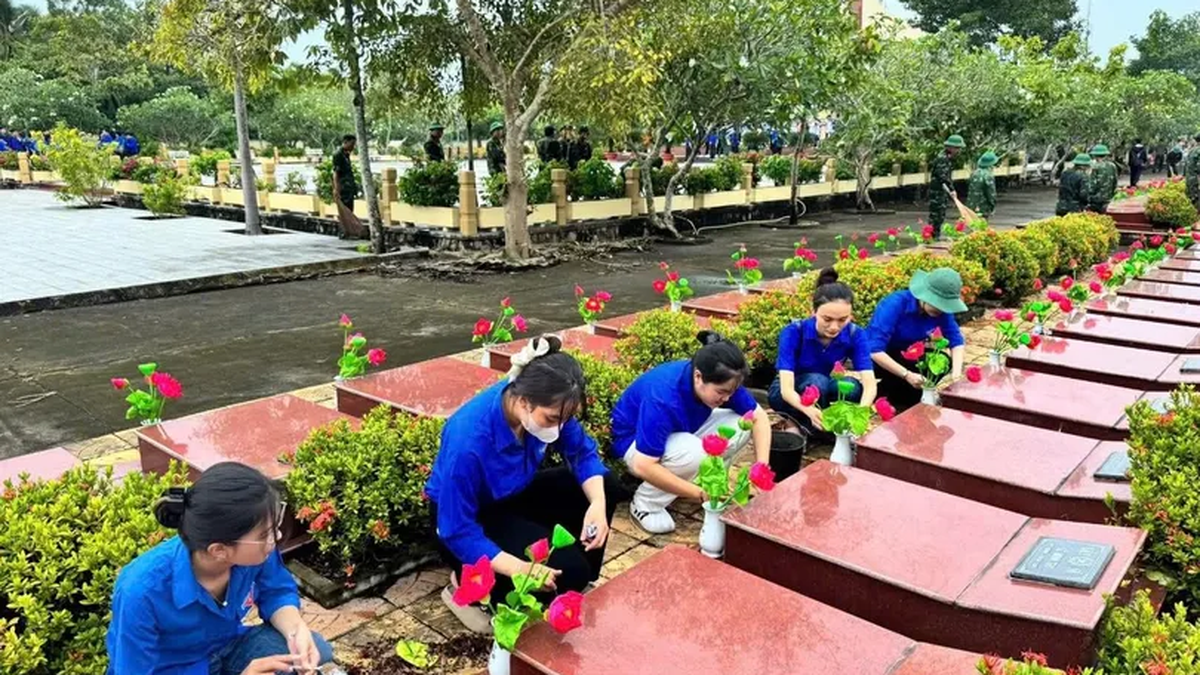




















![[Photo] National Assembly Chairman Tran Thanh Man visits Vietnamese Heroic Mother Ta Thi Tran](https://vphoto.vietnam.vn/thumb/1200x675/vietnam/resource/IMAGE/2025/7/20/765c0bd057dd44ad83ab89fe0255b783)





































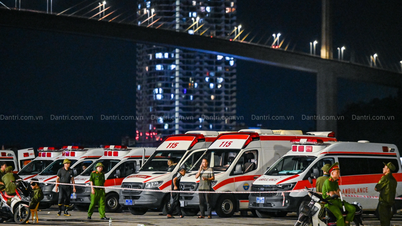


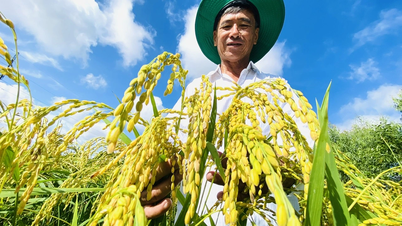


































Comment (0)